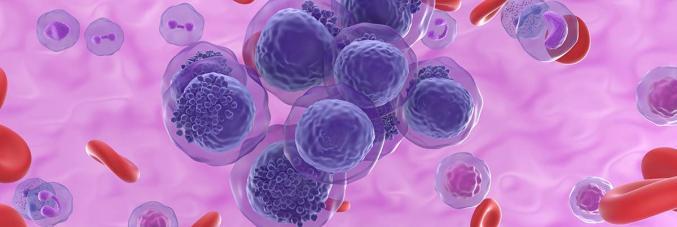
A new study helps understand the evolution of a rare form of leukemia
06.07.2022
Thanks to a collaboration between the Veneto Institute of Molecular Medicine (VIMM) and the University of Padua the study Defining TCRγδ lymphoproliferative disorders by combined immunophenotypic and molecular evaluation shows new features identifying the evolution and
subtypes of a rare form of leukemia more precisely.
Published in Nature Communications by Antonella Teramo (VIMM and University of Padua), the study was conducted by a research group coordinated by professors Renato Zambello, Gianpietro Semenzato, and the Department of Hematology and Clinical Immunology directed by Livio Trentin, in collaboration with Stefania Bortoluzzi (Padua), Prof. Sara Galimberti (Pisa), and Prof. Enrico Tiacci (Perugia).
The data allows scientists to identify new markers for diagnostic analyzes and better care of patients affected by with TγδLarge ˇ, TγδLGLL, a rare and highly understudied form of leukemia due to its lack of statistically significant results and limited number of reported cohorts. The illness occur in both asymptomatic and severe forms, its diagnosis is complicated by the fact that it can be confused with a highly aggressive lymphoma with which TγδLGLL shares several characteristics.
However, the therapeutic strategies required for the two diseases are different.
During the study, the researchers employed state-of-the-art techniques and the various scientific skills offered by the research centers involved. This approach enabled researchers to study a large series of patients affected by TγδLGLL, identifying their biological characteristics and analysis options necessary to correctly classify the pathology and to identify when the disease has an indolent course and when it is symptomatic.



